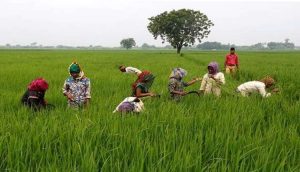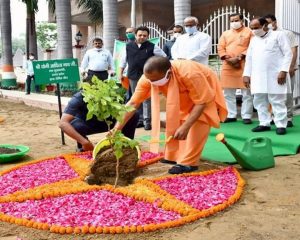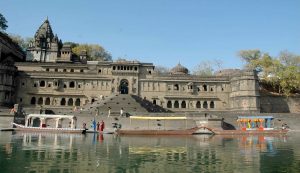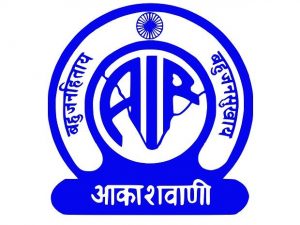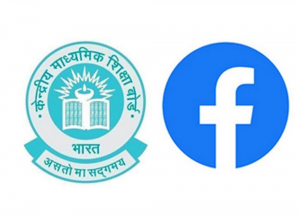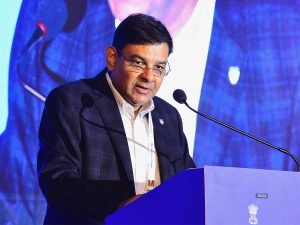VisionIAS
11:23

📰 There’s no one to fill Mahalanobis’s shoes
A top statistician is needed to frame data-based policies for welfare and development
•In Poverty and Famines (1981), Amartya Sen argued that poor distribution of food, wartime inflation, speculative buying and panic hoarding were important reasons for the devastating Bengal famine of 1943, while Madhusree Mukerjee, in her 2010 book, Churchill’s Secret War , wrote of the role of British Prime Minister Winston Churchill, his wartime Cabinet’s decisions and “denial policy” in exacerbating the famine.
Survey of the Bengal famine
•Prasanta Chandra Mahalanobis, India’s ‘Plan Man’ and the architect of the country’s statistical system, conducted a large-scale sample survey of Bengal’s famine-ravaged villages between July 1944 and February 1945 for causal analysis, and to assess the extent of the disaster and an estimate of the number of people affected. The planning, preparations, challenges and findings of the survey are documented in an article in Sankhyā , and in another article in The Asiatic Review , both published in 1946, among others. This survey provided very useful findings. It showed that one-fourth of the number of families (1.5 million people) who had owned rice land before the famine had either sold in full or in part their rice land or had mortgaged it. It also showed that the economic position of nearly four million people deteriorated during the famine. Economic differences became further accentuated during the famine. However, roughly 85% of the families maintained their status quo, showing that a large degree of economic inertia had persisted even under famine conditions.
•Bengal’s famine survey reminds us that we need estimates of the millions who will lose jobs or livelihoods and of the hundreds of millions whose economic conditions will deteriorate in today’s COVID-19-hit India. The extent of feasibility, success and problem of online access, for example, also needs to be properly estimated in this new dawn.
•Mahalanobis is perhaps more relevant today when the accuracy of different sorts of data — from economic data to COVID-19 data — is under the scanner. Starting from the first area sample in the whole world for jute forecast in 1934, Mahalanobis built up a strong and trustworthy statistical heritage in India through his tireless efforts over the years, supplemented by his efficiency, wisdom, leadership, innovative ideas and brilliance. Mahalanobis envisaged large-scale sample surveys as statistical engineering rather than pure theory of sampling. He was instrumental in establishing the National Sample Survey (NSS) in 1950 and the Central Statistical Organization in 1951.
Importance of accurate data
•Mahalanobis was very careful about data accuracy in his surveys. In Kautilya’s Arthashastra , there is mention of the need for cross-checking by an independent set of agents for data collection : “Spies under disguise of householders (Grihapatika, cultivators), who shall be deputed by the Collector-General for espionage, shall ascertain the validity of accounts (of Gopas, the village officers and Sthanikas, the district officers) regarding the fields, right of ownership and remission of taxes with regard to houses, and the caste and profession regarding families...” (Chapter XXXV). This, according to Mahalanobis, was the “striking feature in the Arthashastra ”. This might have prompted him to have an independent supervisory staff during the conduct of field operations by the NSS for collection of reliable data.
•Mahalanobis was “a physicist by training, a statistician by instinct and an economist by conviction”. His initial training in Physics might have made him conscious about errors in measurement and observation. Students even called him the Professor of Counting and Measurement, using the initials of his name. The desire to have built-in cross-checks and to get an estimate of errors in sampling led him to introduce the Inter-Penetrating Network of Subsamples, which is now considered as the curtain-raiser for re-sampling procedures like Bootstrap, a revolutionary concept of statistics indeed.
•However, even Mahalanobis could have faced hardship had he wished to conduct surveys now. First, even in pre-COVID-19 India, it’s widely reported that surveyors were facing tremendous resistance from people due to some sociopolitical reasons. None other than Pronab Sen, Chairman of the Standing Committee on Economic Statistics, and former Chief Statistician, expressed his concern that the survey system is already in “deep trouble”, and conducting household surveys with the Census as the frame would be “very tough” going ahead. The problem will intensify due to COVID-19. It was not easy to conduct surveys in famine-hit Bengal either. Through August 1944, 80 field workers were beset by malaria; half of them later dropped out of the project. However, conducting a survey in the age of contagion is understandably much harder.
Use of technology
•What would Mahalanobis have done in this situation? Would he have devised some instrument, like crop-cutting concentric circles, in addition to using masks and sanitisers and sending investigators for a socioeconomic survey? Or would he have used different sorts of secondary data instead? It’s difficult to guess. Who knows, he might have efficiently churned ‘big data’ for this — he could certainly have done a smarter job than most of the present-day big data analysts. Note that Mahalanobis never shied away from technology, whether in bringing statistical technology through volumes of Biometrika in his voyage from England, or even bringing computers to India. The Mahalanobis-led Indian Statistical Institute procured India’s first computer in 1956 and the second in 1959.
•At the end of his 1946 article in The Asiatic Review , Mahalanobis wrote: “Statistics are a minor detail, but they do help.” This is an eternal truth. What Mahalanobis didn’t spell out is that one needs a top statistician for listening to the heartbeats of data and for framing data-based policy decisions for human welfare and national development. And unfortunately, there’s no one to fill Mahalanobis’s shoes, even about half a century after his demise.






